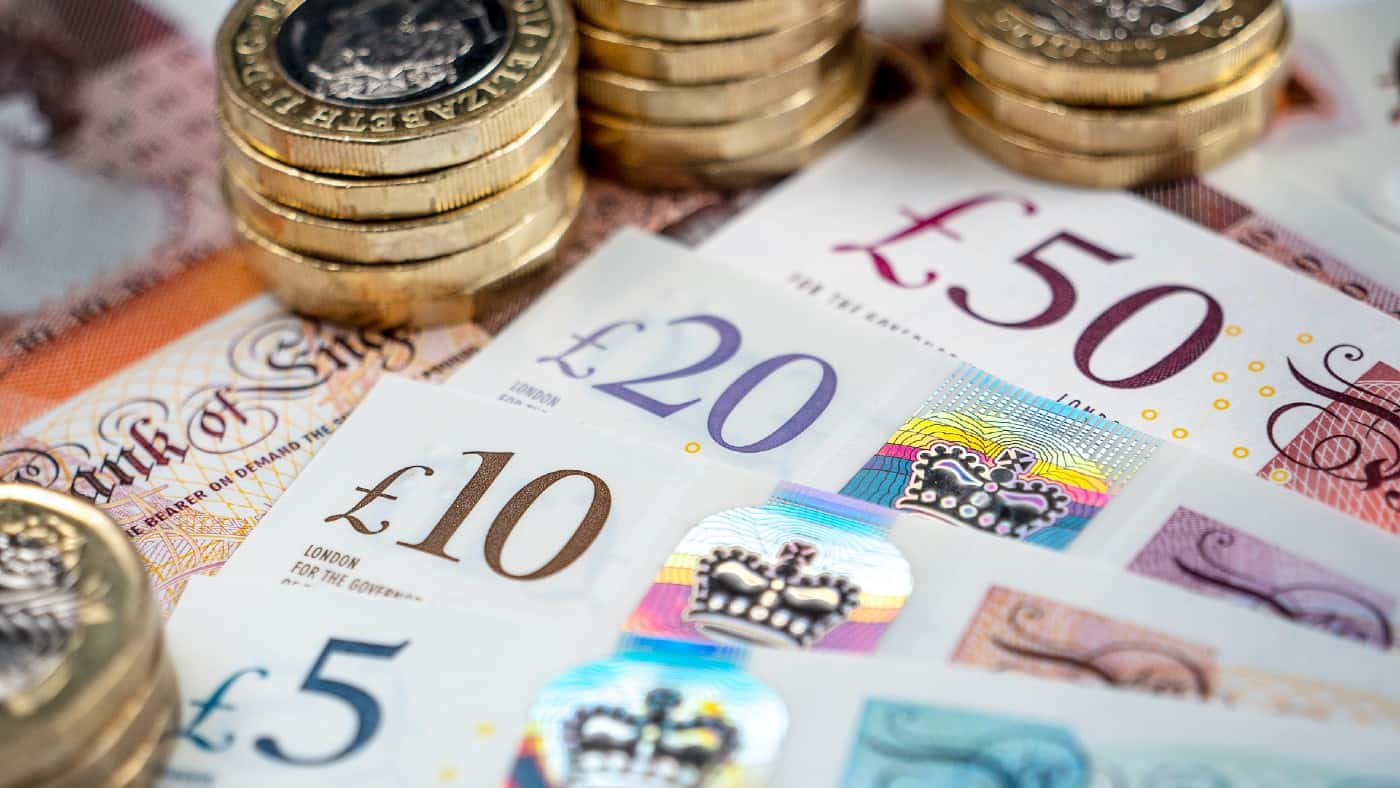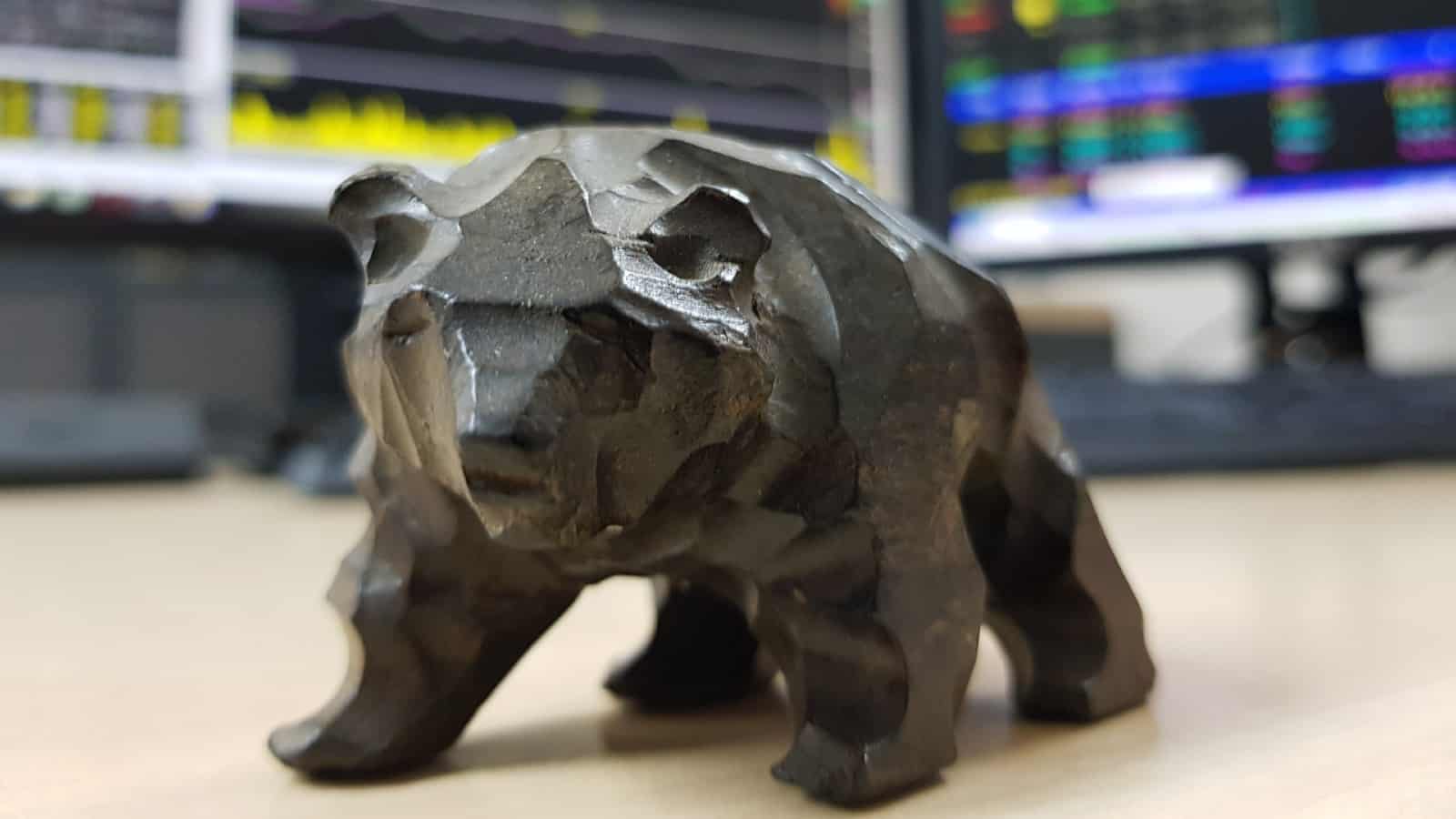Image source: Getty Images
The Rolls-Royce (LSE: RR.) share price has staged an impressive rebound over the past few months, skyrocketing 64% from its October low.
With a big overhaul planned by new CEO Tufan Erginbilgic, can the rally continue or will the FTSE 100 aerospace and defence company fall back into penny stock territory?
Here’s my take on the outlook for the business.
Big challenges ahead
Erginbilgic has not shied away from confronting the difficulties facing Rolls-Royce. In a global address to staff, the former BP executive described the company as a “burning platform“. He was damning in his criticism of the situation the firm presently finds itself in.
Every investment we make, we destroy value…we underperform every key competitor out there.
Tufan Erginbilgic, 27 January 2023
Although it’s arguably less of a pressing challenge than it was previously, Rolls-Royce still has a £4bn drawn debt mountain. Further efficiency savings and potential job cuts are on the cards to instil investor confidence.
In this respect, I think the company’s headed in the right direction. However, it’s a long and difficult road to repair the balance sheet. Any signs that Rolls-Royce is struggling to get its debt under control could send the share price tumbling below 100p this year.
Furthermore, according to former CEO Warren East, a recent successful test run of an aircraft on hydrogen, conducted in partnership with easyJet, may not be a silver bullet to the company’s troubles.
East has cautioned that technological efforts in this space are not advanced. There’s a risk that investors could be too optimistic on the effect this could have on Rolls-Royce shares.
Reasons to be cheerful
Despite the challenges, I think it’s easy to read too much into Erginbilgic’s comments. There’s an incentive to make his mark as the group’s new leader and remove any room for complacency among his employees.
Indeed, there are tailwinds that could lift the share price higher. For example, civil aviation demand continues to recover. China’s relaxation of its ‘zero Covid’ policies bodes well for the sector, which accounts for 41% of Rolls’ underlying revenue.
In addition, the company secured 7% of the total R&D investment made by the UK government last year. The state’s innovation agency has handed Rolls-Royce a total of £689m over the past two decades. Remarkably, that’s over four times the amount received by any other firm.
Couple the public investment with the company’s central role in delivering small modular reactors to meet Britain’s energy needs, and it’s clear Rolls-Royce is seen as a strategic UK asset. That kind of backing is important. It could help keep the share price afloat, provided the business can streamline its operations.
Where next for the Rolls-Royce share price?
I think the outlook for Rolls-Royce shares is finely balanced. It’s certainly not unrealistic to foresee circumstances in which the share price could fall below 100p again.
Equally, if the company can continue making inroads into its debt and benefit from improving demand for its products, the stock could climb much higher.
I invested in the company recently. At today’s price of 109p, I’m minded to hold my stake. If there are any significant dips below 100p, I might buy more.
Credit: Source link














